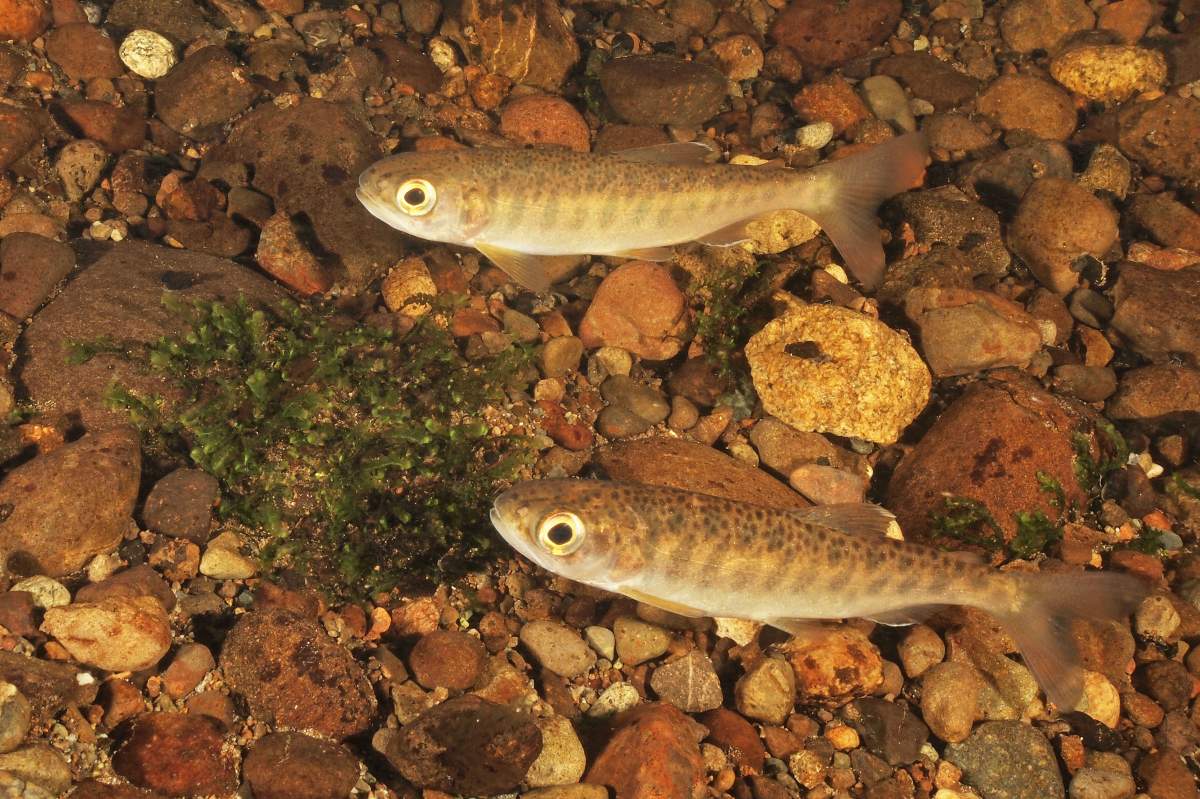
Riparian vegetation owes a lot of its success to salmon, and salmon owe their survival to the plant life that grows in their watery habitat. In fact, the two might even be said to have some codependency issues.
Love at First Site?
Riparian vegetation aids salmon in their spawning by providing shade and shelter. And when salmon die, they supply essential nutrients to the plants. Their dead bodies provide chemicals like nitrogen that are beneficial to the plants' survival. Interestingly, trees in salmon spawning sites may grow a good deal taller than they do elsewhere.
But salmon don't die for the very purpose of giving nutrients to these plants. The benefits salmon and their environment derive from each other are merely coincidental, as all organisms give nutrients back to the earth when they die.
Salmon's real mission in life is to feed their own young and produce future generations of salmon. Besides feeding trees, the nutrients from dead salmon also serve to nourish water critters that are a potential food source for the up-and-coming baby salmon.
Coincidence or not, salmon and riparian plants make great business partners!









